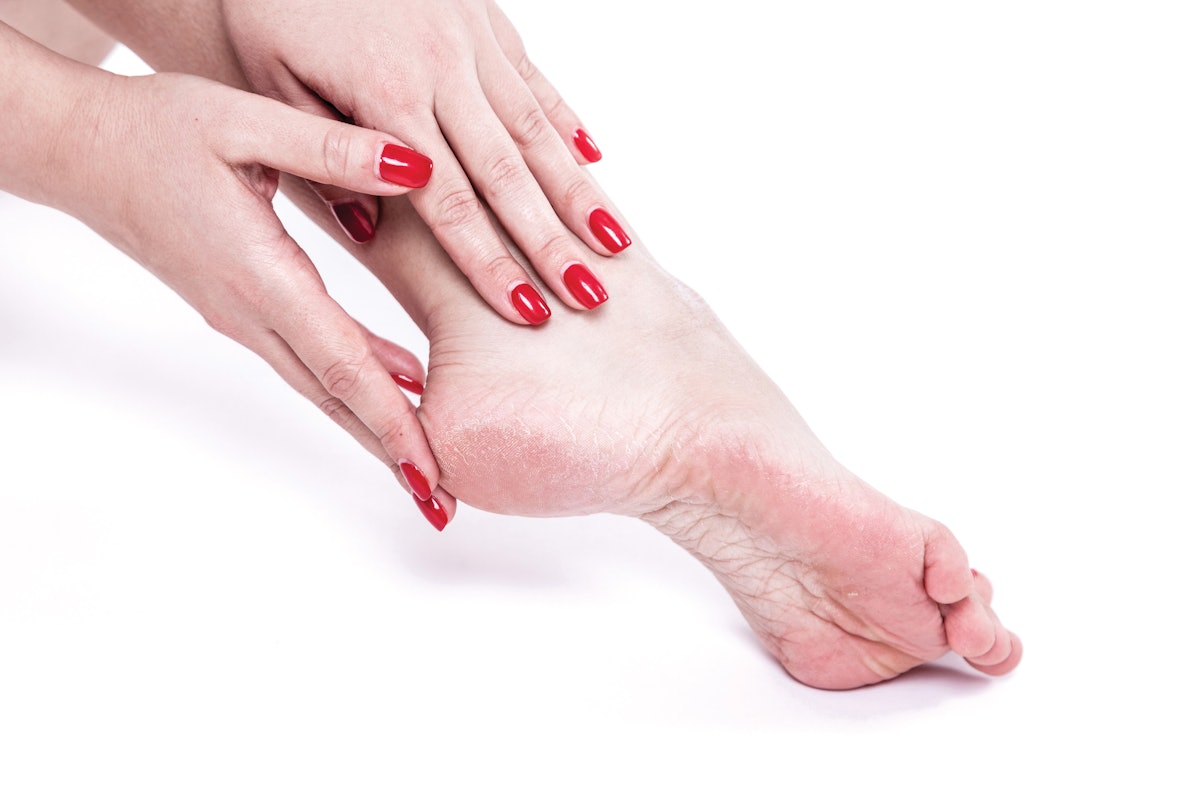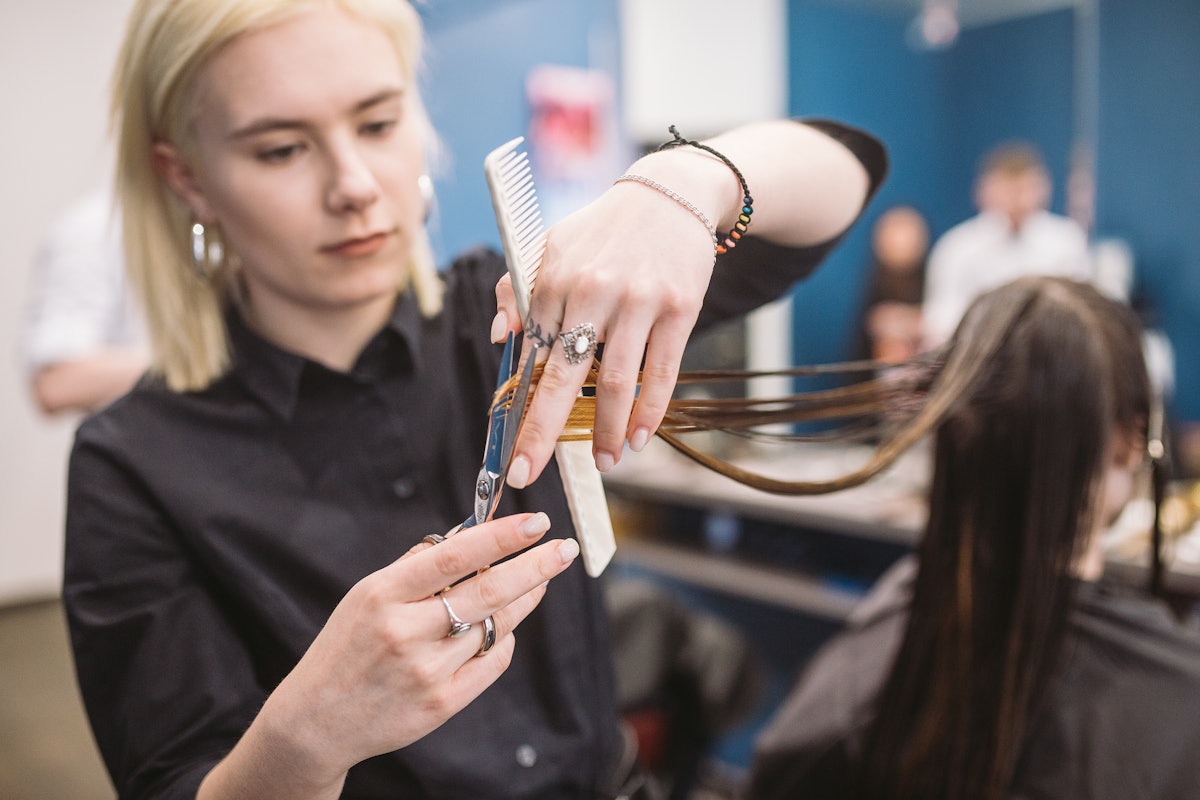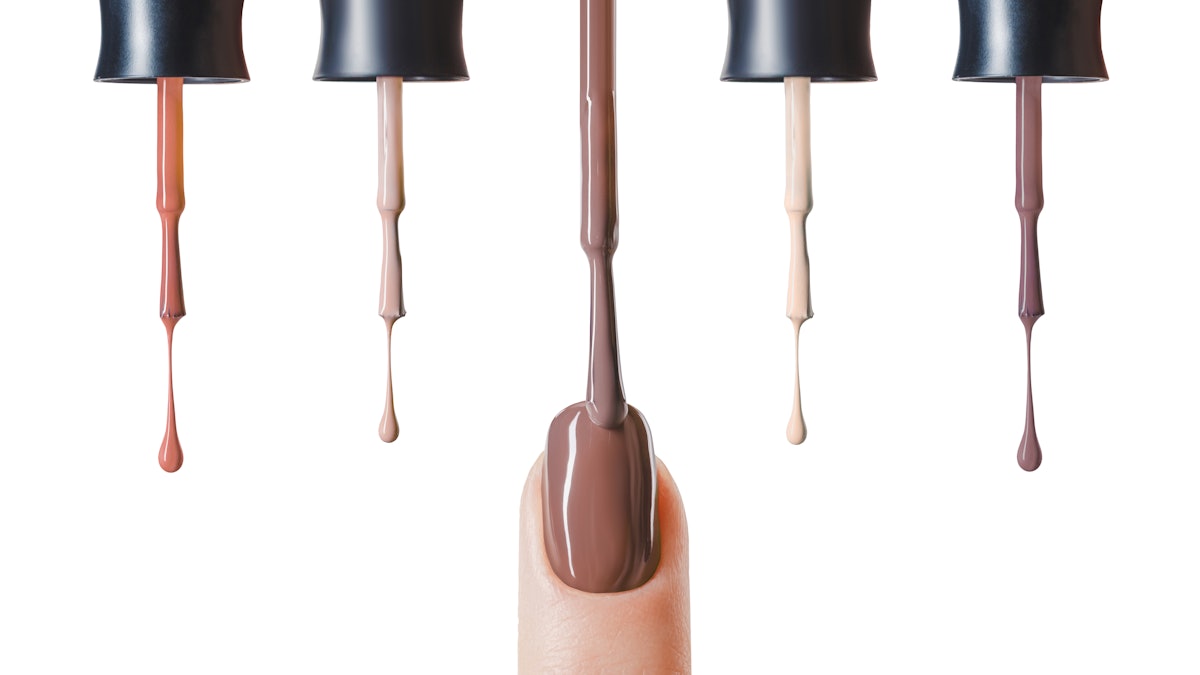Introduction
As the chill of winter takes hold, keeping clients’ skin deeply moisturized becomes a critical task for nail salons. Cold temperatures and low humidity levels can lead to dehydration, resulting in unsightly and uncomfortable skin. Many clients mistakenly dismiss dry skin as a minor annoyance rather than a serious issue that requires attention. In this article, we’ll explore the various aspects of maintaining hydrated skin for hands and feet and share effective techniques you can use in your nail care practice.
The Impact of Cold Weather on Skin
Winter weather wreaks havoc on skin integrity, especially the hands and feet, which are frequently exposed to the elements. This exposure can lead to conditions such as:
- Chronically dry cuticles
- Cracked heels
- Eczema flare-ups
As nail technicians, it’s essential to recognize these issues during treatment, providing solutions to enhance your clients’ comfort and satisfaction.
Caring for Cuticles
Many clients view their cuticles as a nuisance, but understanding their importance is critical. The cuticle serves to protect the area between the nail and skin from infections. Neglecting cuticle care leads to dryness and cracking, which can become painful. Janet McCormick from Nailcare Academy emphasizes the significance of providing proper cuticle maintenance:
1. Avoid Harm
When working on dry eponychia, avoid cutting the skin. Only trim the visibly flagging areas and make sure to hydrate the cuticles with appropriate products.
2. Recommended Products
Suggest high-quality cuticle oils rich in vitamins A and E, as well as moisturizing creams infused with hyaluronic acid. Emphasize the need for clients to use protective gloves when washing dishes or handling chemicals, and to wear outdoor gloves when it’s cold.
Helping Cracked Heels
Cracked heels can develop due to neglect, resulting in pain and possible infections. Vicki Malo of the North American School of Podology explains that feet are often the first to suffer from poor circulation and neglect:
1. Identify Early Signs
Look for signs such as roughness or small cracks. If left untreated, superficial cracks can deepen and lead to painful fissures.
2. Hydrate, Don’t Dehydrate
When treating clients, avoid soaking feet in substances like salt, as they can dehydrate. Instead, focus on hydrating procedures and use emollient-packed creams containing ingredients like urea and spirulina. Encourage your clients to engage in regular pedicure sessions and home conditioning between visits.
Easing Eczema
Eczema is a common skin condition with various triggers, including stress, allergies, and genetics. Clients suffering from eczema should be carefully managed during nail services:
1. Understand Triggers
Inquire about individual triggers before starting treatments. Avoid products that contain allergens.
2. Use Safe Products
Refer to the National Eczema Association’s Seal of Acceptance to choose safe products for these clients. Moisturization during manicures and pedicures is crucial, particularly for affected areas.
Preventive Tips for Healthy Skin
Keeping clients’ skin healthy in winter is not just about addressing problems; it’s about preventing them.
1. Monthly Pedicure Treatments
Encourage regular pedicure visits to maintain skin health and prevent cracking.
2. Home Care Regimen
Advise clients on a proper home care regimen that includes moisturizing creams and regular exfoliation to promote renewed skin cells.
3. Nutrition and Hydration
Remind clients that overall health affects skin condition. A balanced diet rich in vitamins, proper hydration, and regular exercise significantly improve skin health and prevent dryness.
Conclusion
As winter approaches, remind your clients that their skincare routine should evolve alongside the seasons. By addressing dry skin issues and offering tailored advice, you can help them maintain soft, supple skin throughout the chilly months. What strategies do you find most effective for keeping your clients moisturized? Let’s share our insights in the comments below!
– Linda Kossoff, Health and Beauty Writer
Images courtesy of Getty Images



